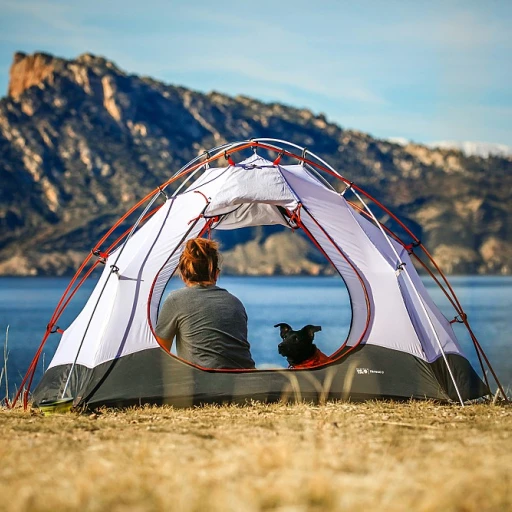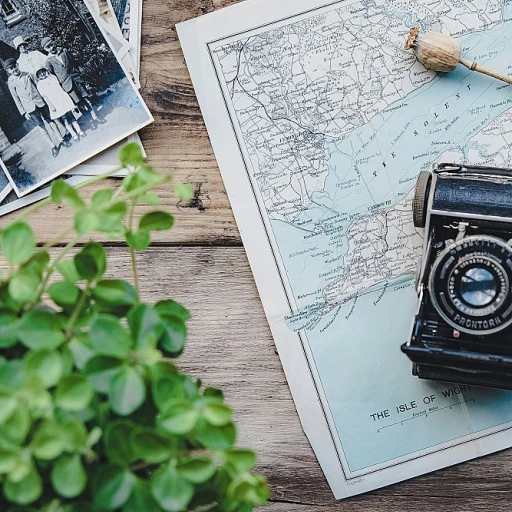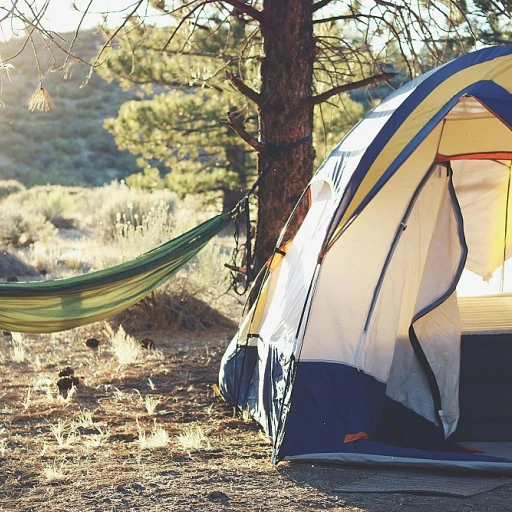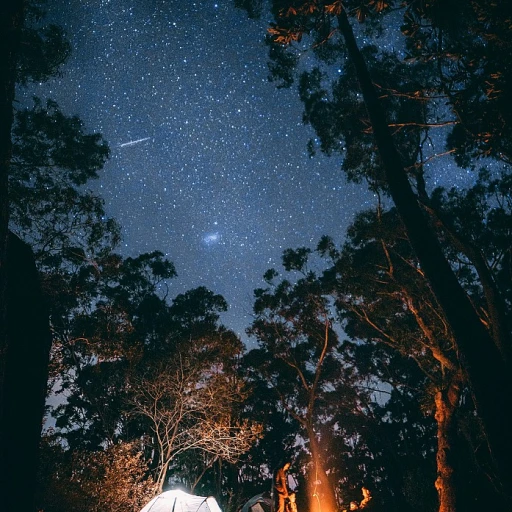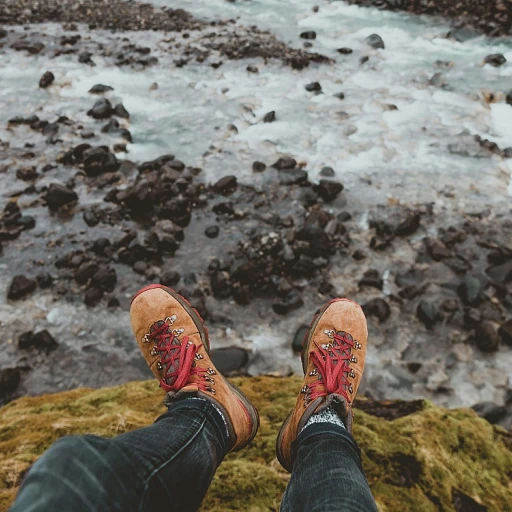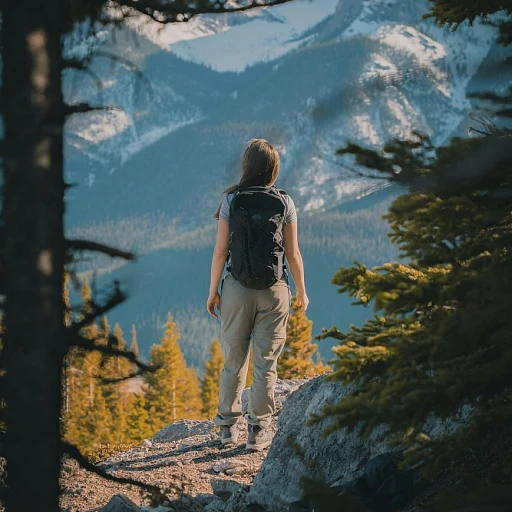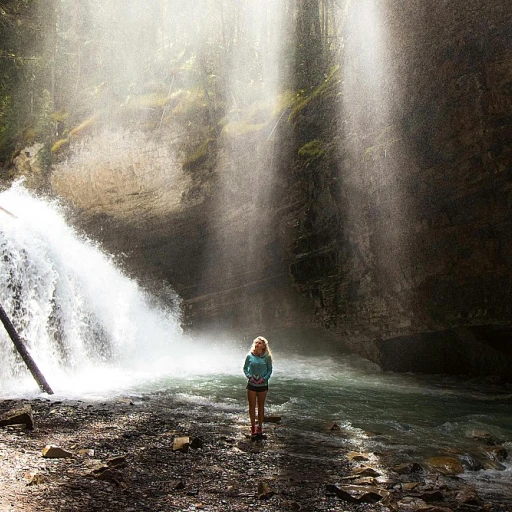
Understanding Sedona's climate
Sedona: where the sun meets the rocks
Nestled in Arizona's red rock country, Sedona's weather is a big draw for outdoor enthusiasts, especially hikers. But before you lace up your boots, it's crucial to grasp what the climate has in store. Sedona's weather can change dramatically within a single day, affecting your hiking adventure. So, having the right info can make all the difference.Arizona seasons: what it means for hikers
Sedona experiences all four seasons, but not in the way you might expect. Summers can be hotter than a two-dollar pistol, with temperatures often reaching over 100°F (37.7°C). Winters, although milder, can dip to freezing levels at night. Spring and fall are the prime times for hiking, offering moderate temperatures and often clear skies. According to the National Weather Service, Sedona averages about 278 sunny days per year, making it a paradise for those seeking sun and adventure.Microclimates: be prepared for anything
One fascinating aspect of Sedona's weather is its microclimates. Depending on your elevation and location within Sedona, you can experience different weather patterns. Areas like Oak Creek can be cooler and more shaded, offering a stark contrast to the sun-drenched paths near Sedona Airport. If you're hiking the iconic Red Rock trails or heading towards Flagstaff Pulliam Airport, remember to check the specific weather conditions for those areas. Flagstaff, just a short drive away, sees considerably more snow and cooler climates.The role of the monsoon season
Monsoon season is another critical factor in understanding Sedona's weather. It typically runs from June to September and brings sudden, intense bursts of rain that can turn trails into tricky, slippery messes. The monsoon winds, often blowing from the SSW at speeds of around 15-25 mph, can kick up dust and make navigation difficult. According to the Arizona Department of Environmental Quality, the average annual rainfall is about 19 inches, much of which falls during this season. For more detailed insights on planning your adventure based on Sedona's weather patterns, visit this hiker's guide to Sedona Arizona weather.Temperature variations and what to expect
Temperature fluctuations: from scorching days to chilly nights
Sedona, Az is known for its broad temperature swings. During the day, especially in the summer months, you can expect temperatures to soar as high as 100°F (around 38°C). The sun shines brightly, often with barely a cloud in sight. Check sources like NOAA to stay updated on the current forecasts. Conversely, nights can cool down significantly, so carrying layers is always a good idea.
Seasonality and what to pack
Winter in Sedona can be surprisingly frigid, with temperatures occasionally dropping below freezing at night. During winter, Sedona experiences around 3 inches of rain, typically noting higher humidity levels in the mornings. For summer hikes, lightweight and breathable fabrics are your best friends, while in winter, you should opt for thermal gear to keep warm. The climate is typically clear and dry, making it perfect for long hikes.
Influence of elevation on temperature
Elevation plays a crucial role in Sedona's climate. Higher trails like at Bear Mountain or the Cathedral Rock hike can be significantly cooler than lower elevation areas. The fluctuation can be notable, sometimes up to 10°F difference. Sedona's average elevation is approximately 4,350 feet above sea level, which impacts both day and night temperatures.
Monthly averages: planning your trip
The average high in Sedona in July is about 92°F, while the average low in January sits around 33°F. Spring and fall are often considered the best times to hike, with temperatures ranging from a comfortable 60 to 80°F during the day. Humidity levels remain relatively low, contributing to the overall pleasant trekking experience.
Real experiences: testimonials from the trail
Many hikers who have tackled Sedona's trails report that while the daytime heat can be intense, the breathtaking sunsets and cooler nights make it worthwhile. Alex Collins, an avid hiker from Texas, shared, “I always start my trek early in the morning to avoid the midday heat. By the time I reach higher altitudes, the temperature's cooler, and the views are unbeatable.”
For narratives from other hiking paths, check the guide on hiking Cathedral Rock Trail.
Wind conditions: mph and direction
Gauging those mph and the wind's direction
When it comes to hiking in Sedona, understanding the wind conditions is essential. The wind can significantly affect your hiking experience, from safety to comfort levels. On average, the wind speeds in Sedona fluctuate between 6 and 10 mph. However, during high wind events, winds can reach up to 30 mph, particularly in the spring and late fall.
One key aspect that hikers need to note is the wind direction. In Sedona, the southwestern winds are the most common, effectively blowing at an average of 8 mph SSW (South-South-West). Knowing the wind direction helps you anticipate and prepare for certain weather conditions on your hiking route.
An interesting case to consider is the notorious 'Devil's Bridge Trail' in Sedona, where wind plays a significant role. Winds can create narrow physical perspectives when you're at elevation. Imagine facing high winds while walking along narrow passages; it increases the risk and makes balancing more challenging.
It's also worth noting instances of sudden wind gusts that hikers have reported around the renowned Cathedral Rock. Wind speeds can spike abruptly without much warning, presenting an unexpected obstacle for hikers. Staying updated on the weather in Sedona will help you know when it's safe to embark on these picturesque trails.
For a more detailed look at Sedona's winds and how it might affect your hiking plans, consider checking the site's weather in Sedona, your hiking and trekking guide.
Rain and humidity: what hikers need to know
Managing rain and humidity while hiking
When you're setting out on a hiking expedition in Sedona, Arizona, it's crucial to know about the rain and humidity levels. Although Sedona might seem perpetually sunny, it does have periods of rain. These showers are usually brief but can be unpredictable. Annual precipitation averages around 19 inches, with monsoon seasons hitting in late summer. This is when you'll experience that sudden downpour that can turn trails slippery in minutes.
Humidity in Sedona can vary greatly. During the dry months, it can drop below 20%, making dehydration a real risk. In the wet season, it can spike significantly, affecting not only the trail's condition but also your stamina and comfort. Always carry plenty of water and consider electrolyte supplements to stay hydrated. According to a study conducted by the National Outdoor Leadership School (NOLS), dehydration can affect physical performance by up to 30%.
Understanding the rain patterns is essential. During monsoon months, you might notice the peculiar smell of the desert after a rain, a phenomenon known as petrichor. This can be refreshing but also a warning sign to hikers to prepare for slick rocks and muddy paths. The wind direction, often seen at SSW at around 10 to 15 mph, usually accompanies these rains, meaning you might face strong gusts and sudden changes in temperature.
In contrast, the winter brings fewer rain showers but the moisture can linger in the form of frost and dew. Morning hikers should be particularly cautious, as early sunlight might not completely dry the trails. Sudden rain combined with high winds mph can make conditions even more challenging, especially if you're hiking through areas like Oak Creek or near Sedona Airport. If you find yourself caught in a rainstorm, the best advice is to find shelter quickly or be prepared with waterproof hiking gear.
Experiencing Sedona's rains isn't all bad news. They often result in stunning views of waterfalls cascading off red rock cliffs, and dramatic cloud formations that photographers dream of. Hikers often share stunning videos of these natural wonders. For those looking to explore more about Sedona's climate and plan their trips accordingly, this guide to things to do in Sedona might just come in handy.
Sunrise, sunset, and moon phases
The importance of tracking sunrise and sunset
When planning your hike, knowing the exact times of sunrise and sunset in Sedona, AZ can be a huge help. According to the Time and Date website, civil sunrise in Sedona typically occurs around 6:30 AM in the summer and 7:30 AM in the winter, while the sun sets around 8:00 PM in the summer and closer to 5:30 PM in the winter. These times can vary, so always check the local Sedona AZ weather forecast before heading out.
Understanding Sedona's moon phases
The phase of the moon can also impact your hike, particularly if you plan to be out after dark. A gibbous moon, for example, can provide enough light to navigate without a flashlight. According to the U.S. Naval Observatory's Moon Phases Calculator, Sedona's moon phases follow the typical lunar cycle of approximately 29.5 days. Moonrise and moonset times also vary, so it's wise to check these details when planning a nighttime adventure.
Safety tips under different moon phases
If you are planning a night hike, being aware of the moon phase and the visibility it provides can enhance your safety. During a new moon (when the moon is not visible), it gets extremely dark, so pack extra lighting. Conversely, a full or gibbous moon can illuminate trails better, allowing for a more enjoyable experience. To avoid getting caught off-guard by the changing moon phases, the Moon Giant website offers real-time updates.
The role of weather apps in planning
There are several reliable weather apps you can use to track Sedona's weather, including sunrise, sunset, and moon phases. Apps like AccuWeather and Weather.com provide detailed forecasts, which can help in planning your hikes according to specific weather conditions. These apps often include interactive maps and real-time alerts for sudden changes in weather, such as rain or winds.
Weather-related safety tips for hikers
Keeping an eye on changing weather patterns
It's absolutely essential to stay updated about the weather conditions before and during your hike. The weather in Sedona, AZ can be unpredictable, and even a seemingly "sunny" day can surprise you with sudden changes. Hence, understanding weather patterns can be a game-changer for hikers like you. Hikers have often shared experiences where a clear, sunny morning with wind mph reaching mild speeds quickly shifted to overcast skies and rain. A local hiker, Jessica, mentioned, "I was hiking Devil's Bridge Trail one morning when the clouds rolled in from nowhere. One moment it was sunny, and the next, I was caught in a downpour." Such firsthand accounts underline the importance of planning ahead with detailed weather info.Precaution against high winds
High winds are another factor to be cautious about. For instance, wind SSW or any other direction at speeds over 15 mph can significantly impact your hiking experience. In October 2022, hikers in West Sedona faced difficulties when wind speeds suddenly increased to 25 mph, making the trail conditions unsafe. The National Weather Service provides regular updates that can help you stay informed about anticipated wind conditions.Staying dry and dealing with rain
Rain can turn a pleasant hike into a challenging adventure. The city of Sedona experiences an average rainfall of approximately 19 inches per year. Be prepared to face sudden rain, wind mph conditions, and fluctuating humidity levels. The importance of packing appropriate rain gear cannot be overstated. Occasional rain wind combinations can be annoying and sometimes dangerous, so having waterproof gear and a reliable shelter option is a must.Keeping track of sunrise, sunset, and moon phases
Moreover, understanding the timing of natural light can significantly enhance your hiking experience. Sedona offers spectacular sunrise and sunset views, and familiarizing yourself with moon phases, especially a gibbous moon or a waxing moon, can be both enchanting and practical for night hikes. Civil sunset times can vary, so make sure to plan your hike accordingly to avoid getting caught in the dark. Monitoring the weather and adjusting your plans based on updated forecasts can ensure a safer and more enjoyable hiking experience. For more details about planning an adventure in Sedona, check out Sedona Arizona weather.Case studies: hikers' experiences in different weather
Tackling Sedona's high winds and sunny rain
When Sarah, an avid hiker from California, set out for a trek in Sedona, Arizona, she was prepared for a sunny day. But, as she climbed the red rock trails, she was caught off-guard by sudden high winds. Winds exceeding 20 mph (miles per hour) can make hiking challenging, especially when combined with Sedona's often deceptive sunshine. On that particular day, the winds were blowing from the SSW (south-southwest) at around 25 mph, creating a whole new level of challenge for Sarah. Emily Barnes, a meteorologist from Flagstaff Pulliam Airport, explains that these wind conditions are not uncommon: "The mix of sun and sudden gusts can be misleading. Even if it's sunny with clear skies, hikers should always check wind forecasts," she suggests. Understanding the wind conditions is crucial. Sedona often experiences what locals call "sunny rain" - a phenomenon where it may be sunny but with periodic rain showers. This can be attributed to the region's unique topography and weather systems. "During my hike along Oak Creek in West Sedona," recalls Tim Fisher, who travels between Louisiana and Arizona for his hiking pursuits, "I experienced a sudden burst of high winds followed by a brief rain shower. It was both exhilarating and unexpected, emphasizing the importance of being prepared for all weather conditions." Fisher's experience isn't unique. Many hikers report similar sudden changes, underlining the necessity of checking weather updates regularly. Humidity levels can also vary greatly, affecting comfort and endurance. Charlie Thompson, who frequently hikes between Lake Charles, Texas, and Sedona, shares his insights: "Humidity levels in Sedona can drop to as low as 20%, making the air dry and dehydration a real threat. On a humid day, it might reach up to 50%, which feels entirely different," Thompson cautions. Knowing the humidity level can help hikers prepare better, ensuring they carry enough water. Additionally, understanding the moon phase can offer a different hiking experience. During a gibbous moon set, for example, the trails can look surreal under the moonlight. "A waxing gibbous moon can make a night hike magical," says Isabel Rodriguez, a hiking guide who frequently leads tours around Sedona. She loves to plan her hikes to coincide with moon rises and moon phases to offer hikers a unique nocturnal experience. Weather-related gear is essential. "I always recommend packing a windproof jacket and a weather app on your phone to keep track of any sudden rain wind ssw mph changes," suggests Avery Clark, an outdoor gear specialist from Flagstaff. Gear like this can make the difference between a pleasant hike and an unexpected challenge. By understanding and preparing for these varying conditions, hikers can enjoy the majestic beauty of Sedona while staying safe and comfortable. For more detailed planning, see our guide on Sedona Arizona weather.Expert insights on Sedona's weather
Weather nuances from expert perspectives
Understanding the weather in Sedona, AZ, requires tapping into the knowledge of seasoned experts. One such expert is Dr. John Abatzoglou, a climate scientist at the University of California, Merced. According to Dr. Abatzoglou, Sedona's unique positioning at an elevation of around 4,350 feet (1,326 meters) lends itself to varied weather patterns that can catch hikers unaware if they are unprepared. He underscores the importance of keeping an eye on the high winds that frequently blow through, reaching speeds of up to 30 mph. These winds can create challenging hiking conditions, especially on exposed ridges.
Meanwhile, meteorologist Shelby Latino from FOX 8 New Orleans emphasizes the sharp temperature drops at night. She recommends layering clothing and being mindful of the 'clear night wind' factor. During the day, you might experience 'sunny high winds' but once the 'sunset' hits, the temperature can plummet, leading to a 'night clear wind' that might make you regret not bringing that extra jacket.
Another intriguing aspect, as highlighted by Professor David Mikhail from Arizona State University, is the influence of moon phases on Sedona's weather patterns. A 'gibbous moon' coupled with 'high humidity levels' signifies a cooler next day. The 'waxing gibbous moon' tends to coincide with 'low temperatures' and 'clear skies,' ideal conditions for night treks if properly equipped.
Ranger tips for your trek
Rangers at Oak Creek Canyon often advise hikers to start their treks early in the morning when the 'humidity level sun' is still low, and the 'sunrise' provides natural guidance. Ranger Mike from the Red Rock State Park notes that the 'SSW mph winds' can sometimes lead to 'unexpected weather changes' in the late afternoon. Hikers should always check the 'weather sedona az' forecast from reliable sources before heading out.
Case studies: adapting to sudden rain
One hiker, Jessica from Texas, shared her encounter with sudden 'mph sunny rain' while exploring Boynton Canyon. Despite a forecast for a 'day sunny,' 'rain winds ssw' picked up unexpectedly. “It went from a perfect 'sunny day' to a quick rainstorm. The 'rain wind mph' and 'high winds' were something I didn't anticipate, but being prepared with waterproof gear saved me,” she recalls.
Citations and further reading
For more experiences and insights on hiking in Sedona and its weather, check out the article: a hiker's guide to exploring red rock country.
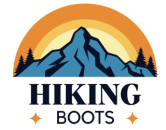

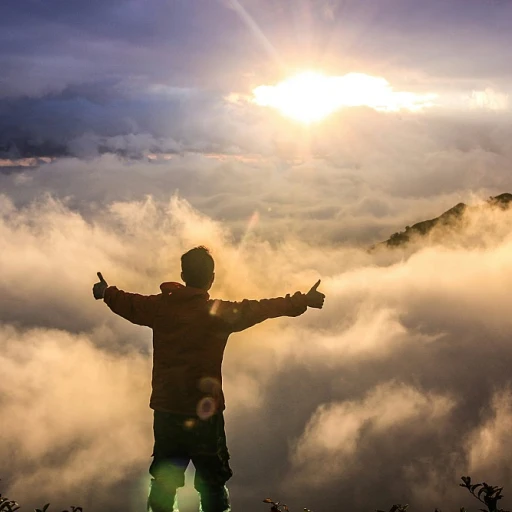
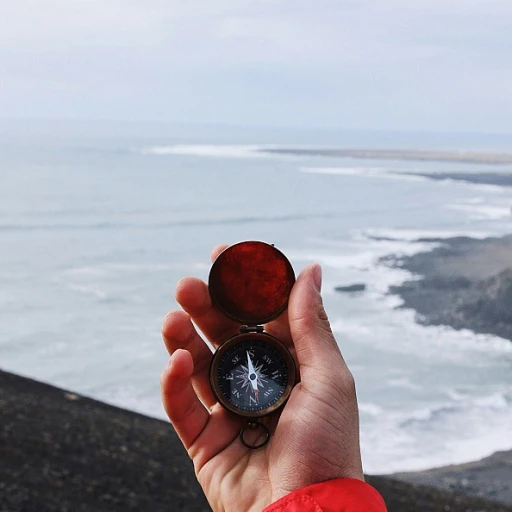
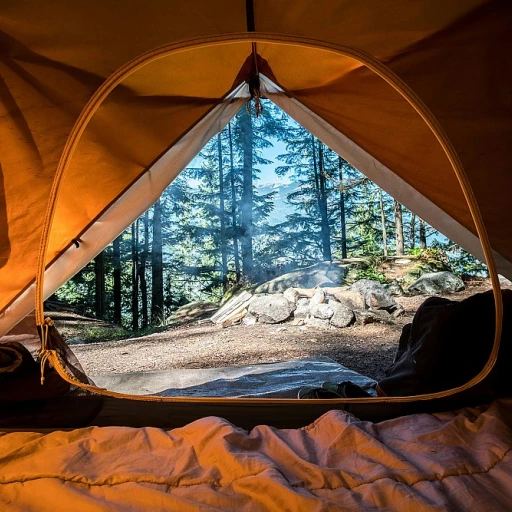
-large-teaser.webp)
